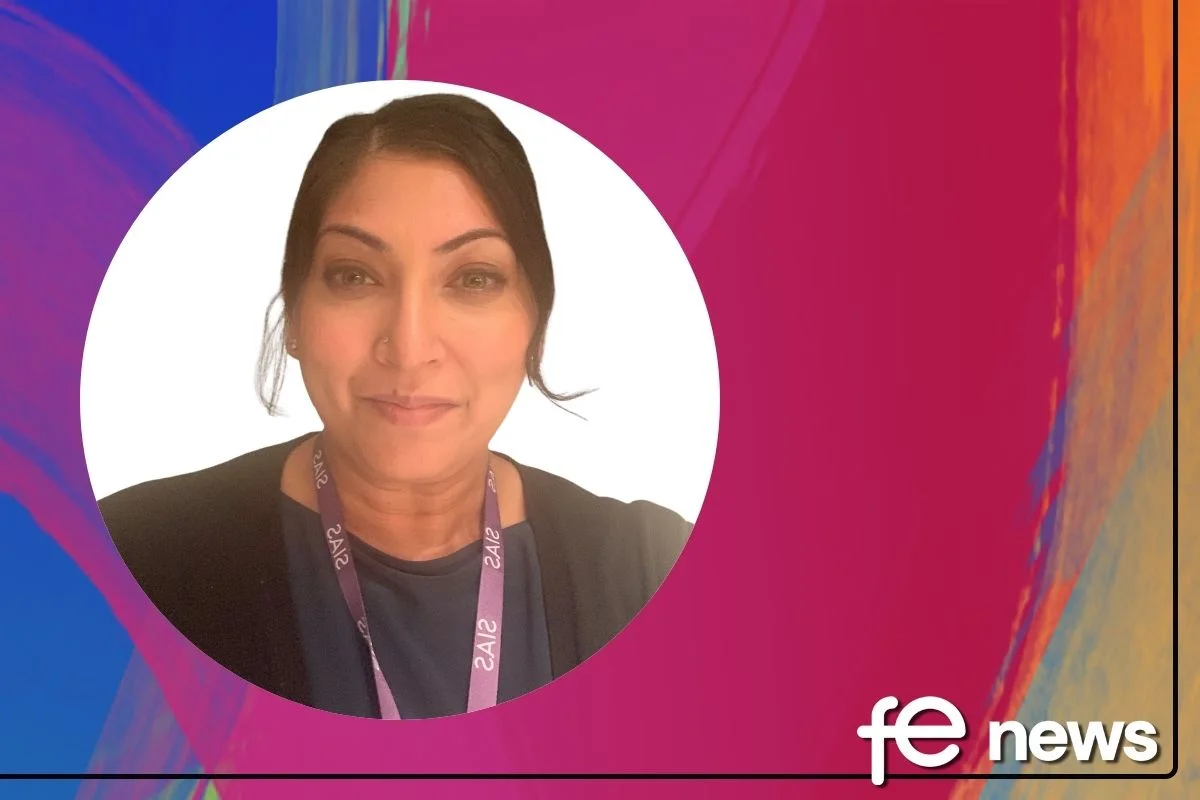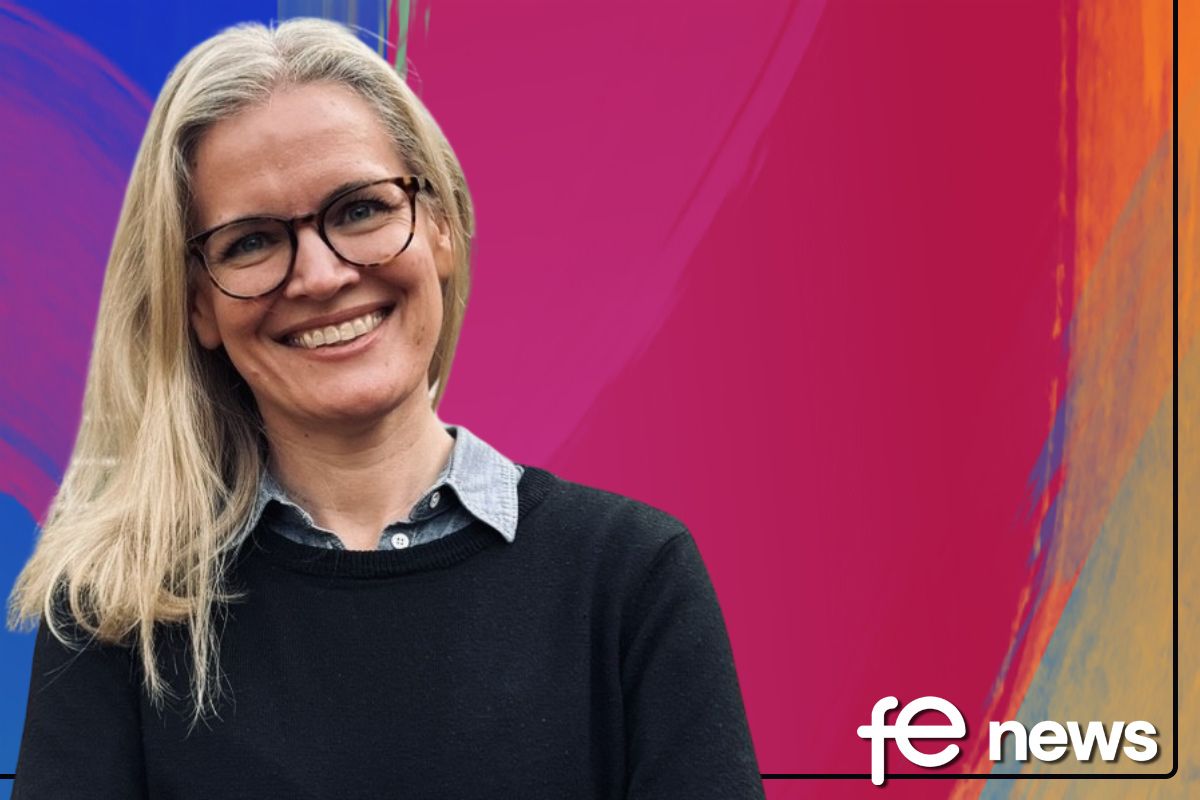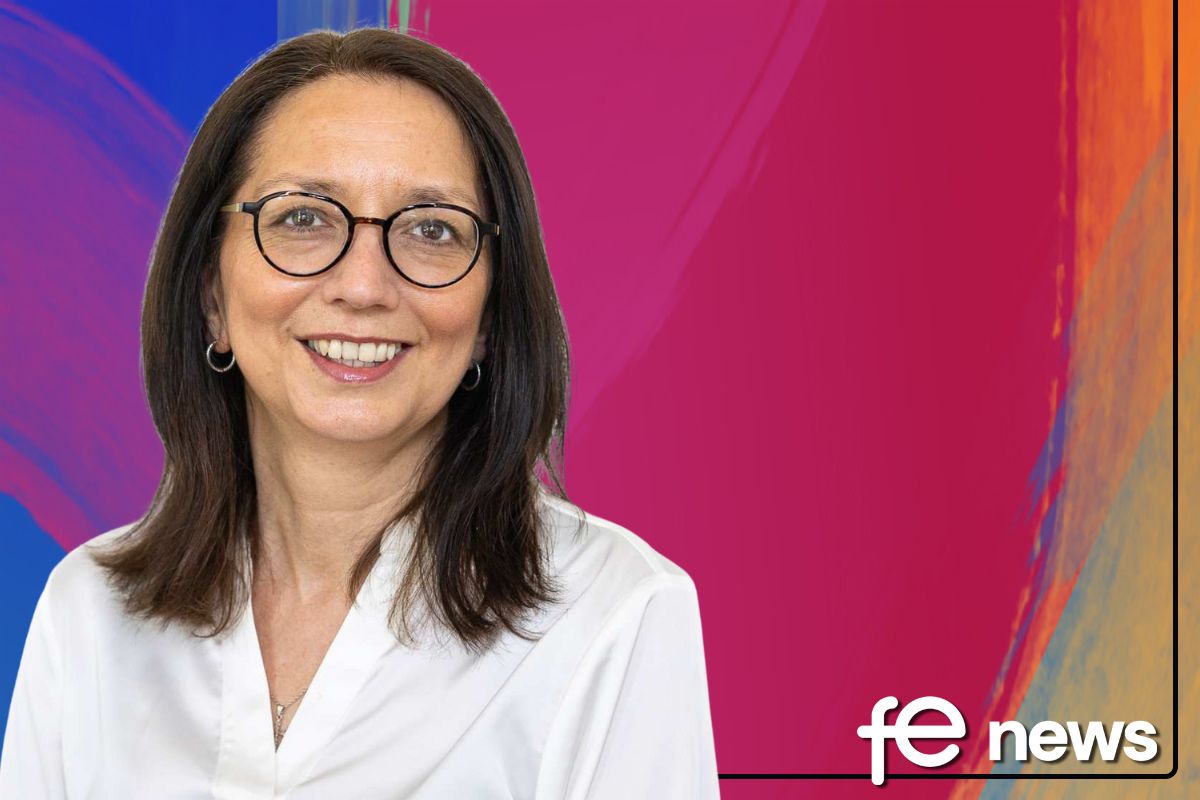How can we close the digital equity gap?

It goes without saying that our reliance on technology has grown exponentially over the past 18 months, and while many of us have been grateful to have technology that allows us the agility to adapt, our increasing dependence has also highlighted the stark reality of a global digital equity gap.
But what does a digital equity gap look like to you? Perhaps it’s images of underfunded schools, or students left without PCs in the UK and across the globe? Or the 45% of households worldwide that have no access to internet? Maybe you envisage a deep technology chasm that acts as a barrier to personal success. Whatever your thoughts on digital equity, I believe we must expand this definition to truly grasp the significance of this global issue and how we can play a part to resolve it.
So what is digital equity?
According to the Digital Inclusion Alliance, “Digital equity means ensuring students have equal access to technology — as well as the training necessary to navigate digital tools. Digital equity is a condition in which all individuals and communities have the information technology capacity needed for full participation in our society, democracy and economy. Digital equity is necessary for civic and cultural participation, employment, lifelong learning, and access to essential services.”
It is crucial to the development around the world and is integral to achieving the Sustainable Development Goals (SDGs) outlined by the United Nations.
The Digital Equity Gap and the Pandemic
The COVID-19 pandemic didn’t create the digital divide, but it has exacerbated it. Digital inequity is at an all-time high and will only continue to grow if we do not work together to find solutions. The UN emphasises that digital equity will be a key part of economic recovery from the pandemic. During COVID-19, one-third of the world’s school-age children, or 463 million students, could not access remote learning. Beyond education, a digital divide can stand in the way of access to modern healthcare and competitive job opportunities, as the digital transformation of infrastructure continues to accelerate.
As digital technology transforms seemingly every aspect of our lives, there’s a real danger of more and more people getting left behind. Closing the digital divide will take trillions of dollars and no one company or individual can solve it alone. Yet, digital equity is indispensable for basic human rights, including access to education, healthcare, and economic opportunity. At HP we continuously strive to break down the digital divide that prevents too many from accessing what they need to truly thrive.
HP PATH: Paving the way for digital equity in underserved communities around the world
Bridging the digital divide is much more than simply equipping communities, businesses and schools with digital devices and internet connection, it is also crucial to ensure the people within the communities have the necessary skills and education to effectively utilise the technology at hand. At HP, we are addressing this as part of our Sustainable Impact strategy, with our goal to accelerate digital equity for 150 million people by 2030.
To achieve this, we have launched HP PATH (Partnership and Technology for Humanity), an innovative accelerator programme that invests in local initiatives and partnerships to address challenges in underserved communities around the world focused on education, healthcare and the creation of economic opportunities.
HP believes true digital equity requires four key elements to be present: hardware (such as access to laptops or printers); connectivity (access to the Internet); quality, relevant information sources including learning materials; and digital literacy – the knowledge and skills to make use of the technology. HP’s work will focus on four specific communities that are most likely to experience digital divide:
- Women and girls
- People with disabilities (including ageing populations)
- Black, minority racial, and ethnic communities
- Educators and practitioners – to address their respective digital inclusion constraints and opportunities.
This focus will contribute to the United Nations SDGs and help bridge needs with resources—in particular, healthcare, education, and economic opportunity, through partnerships, activation, innovation, collaborations, and direct communication with local leaders.
The digital equity gap is not closing of its own accord. We cannot afford to think that it’s simply a “matter of time” before everyone has internet access. If the pandemic has taught us anything, it’s that tech is an enabler and an equaliser.
The good news is that there is a new mandate for companies to help address this inequality alongside governments, academia, families and all stakeholders who see that technology access is a must-have.
Digital equity should be what ties our post-COVID recovery together. It’s the framework for our future and the key to unlock opportunity. Infused with humanity and driven by intersectionality, we can begin to collectively address this issue from multiple angles and build a future with a level playing field of opportunities for everyone.
Dave Prezzano, Managing Director, UK & Ireland, HP Inc.











Responses